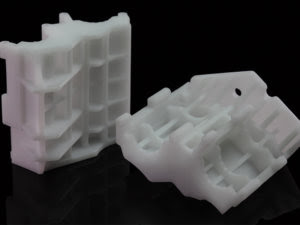It is a process in which the liquefied metal is displaced
into a cast, which has a hollow enclosed space in the desired form and then
allows the metal to cool off and inure. The hollow cavity is denoted as cast
and it gives the desired form that resembles the part being manufactured. Now
the finished product is of the mold and is ready to be polished.
Metal casting is quite inefficient to those who
create by boring, carving, sculpting or other means. Metal casting is used to
make complex or tailor-made parts of the metal that is hard to manufacture via
machining welding or other means and is very expensive.
Getting the essential mold is the beginning process of metal
casting. Metalworkers usually transmit in patterns pertaining the size and form
of the mold or full detailed designs to a foundry or factory where metal
castings are produced, that fabricates the mold and then send it to the
casters.
Lately, casters that cast molten metal into the mold and
through the aid of computer design systems finished the final products.
Completed mold is kept by the casters into a backup frame that contains a
cooling apparatus.
During the process of metal casting by metal casting
manufacturer, a huge number of problems can occur since casting metal is
not that perfect process. When you expose the liquefied metal to pollution, the
resulting part will not be as impregnable and when it is removed from the mold
it might be broken down easily.
Along with this if the metal is with contaminants it might
cause physical damage to the mold itself, causing it to become unusable.
After the cooling process formation of gas, bubbles are also
possible to be noticeable in the metal part that can cause brittleness on the
piece. There are few casting methods that are not that complex and can be
easily dominated by the skilled worker and hobbyists who are voluntarily want
to control a chamber and work with liquid metal.











